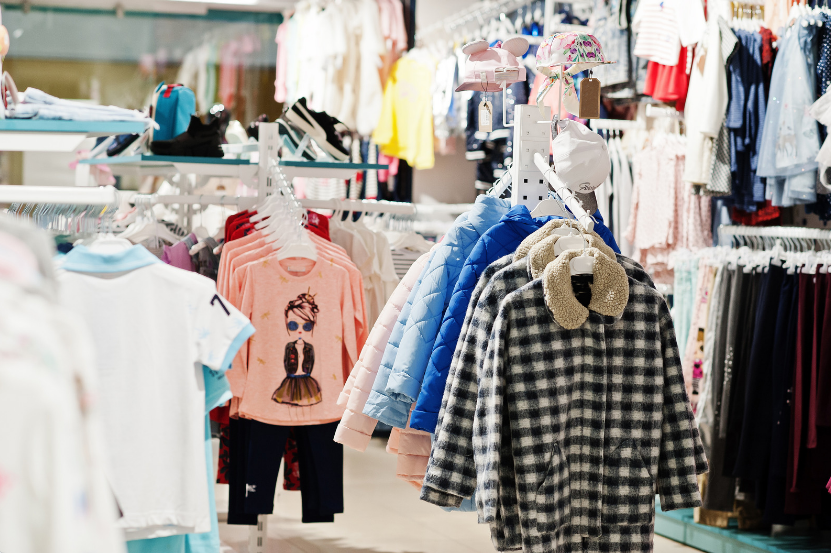Industry Insights: 2024 Children’s Wear Market Deep Dive
The children’s wear segment is one of the most lucrative in the apparel industry, yet it’s undergoing unprecedented changes globally. Technological advancements and shifting consumer demands are reshaping the competitive landscape and trends within this market.

Defining Children’s Wear
Children’s wear refers to clothing designed specifically for children. Due to their rapid physical development, strong curiosity, and limited ability to control their actions, children’s clothing design emphasizes decoration, safety, comfort, and functionality more than adult clothing.
Categories in the Children’s Wear Industry
Age-Based Segmentation:
Children’s wear can be divided into categories like babywear, toddler clothing, schoolwear, and teen fashion. The segment for children over 10 years old holds the largest market share, with kids in this age group often choosing trendy, branded clothing.
Function-Based Segmentation:
Children’s wear includes casual wear, sportswear, school uniforms, and festive clothing. As lightweight and comfortable casual wear gains popularity, this segment is expected to dominate the children’s wear market.
Material, Quality, and Positioning:
The market is also segmented into high-end, mid-range, and mass-market children’s wear. While the mass market holds 80% of the share, demand for mid-range children’s wear is expanding. Although high-end children’s wear currently holds a smaller market share, it shows strong growth potential.
Market Size of the Children’s Wear Industry
•2023: The average per capita purchase of children’s clothing reached 8.3 items.
•2024: The global children’s wear market revenue is estimated at $279.4 billion.
•2024-2027: The compound annual growth rate (CAGR) is projected at 2.45%.
•2027: The global market is expected to reach 66.9 billion units in sales.
Geographic Distribution and Market Segmentation
The growth of the children’s wear market varies by region. The largest markets are the U.S., China, India, the UK, and Germany. Smaller markets are expected to experience higher growth rates. Although Germany is among the top five markets, its growth is expected to lag behind emerging economies like Japan, Brazil, and South Africa.
Consumer Preferences Across Regions
· Middle East: Parents here are increasingly buying children’s clothes online, with brand preference often outweighing cost considerations. Religious and cultural factors also influence design choices.
· Western Countries: Consumers prioritize value for money, seeking products that are both affordable and of high quality. Even big brands may be overlooked if they don’t offer competitive pricing.
· China: Safety and comfort are paramount in the purchasing decisions of Chinese parents. Fashionable designs are also becoming more important.
Trends Shaping the Children’s Wear Industry
Rising Standards for Quality and Safety:
As living standards improve, parents are no longer satisfied with basic clothing needs. They demand higher quality and safety standards, driving the industry toward the use of eco-friendly materials and rigorous safety standards.
Brand Popularity:
Recognized brands are increasingly favored, with parents trusting that they offer superior quality and service.
Market Segmentation:
The market is paying more attention to age-specific and occasion-specific needs. For example, different clothing styles and functions are being designed for newborns, toddlers, and school-aged children, as well as for specific activities like sports or outdoor play.
Product Diversification:
The children’s wear market is expanding to include accessories, toys, and other related products, creating new growth opportunities.
Global Expansion:
Exporting children’s wear has become a key trend, with brands exploring international markets to meet global consumer demands.
Cautious Planning for Sustainable Growth
While global demand for children’s wear continues to rise, offering brands significant opportunities for international expansion, the market also presents various challenges. Companies must carefully evaluate market conditions to make informed and rational decisions. Only through meticulous strategic planning can they navigate the competitive landscape successfully.
This detailed overview of the 2024 children’s wear market provides key insights into its growth, challenges, and opportunities, offering a comprehensive understanding of this dynamic segment.





